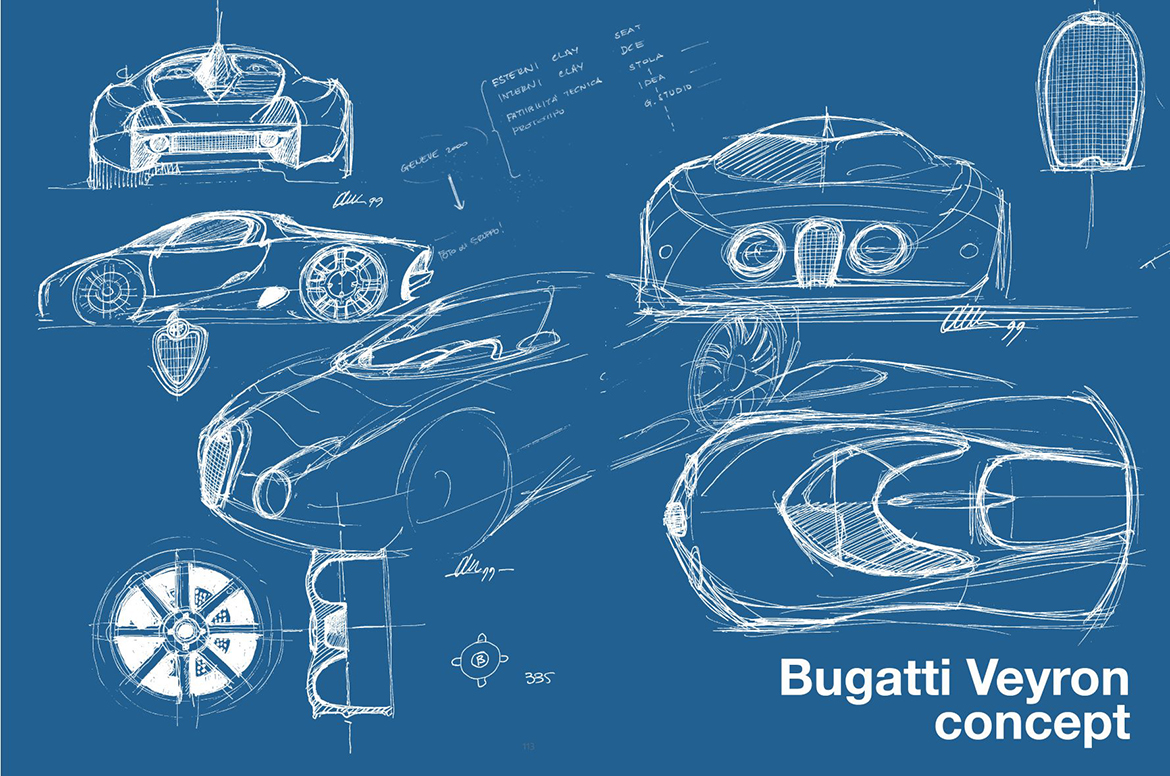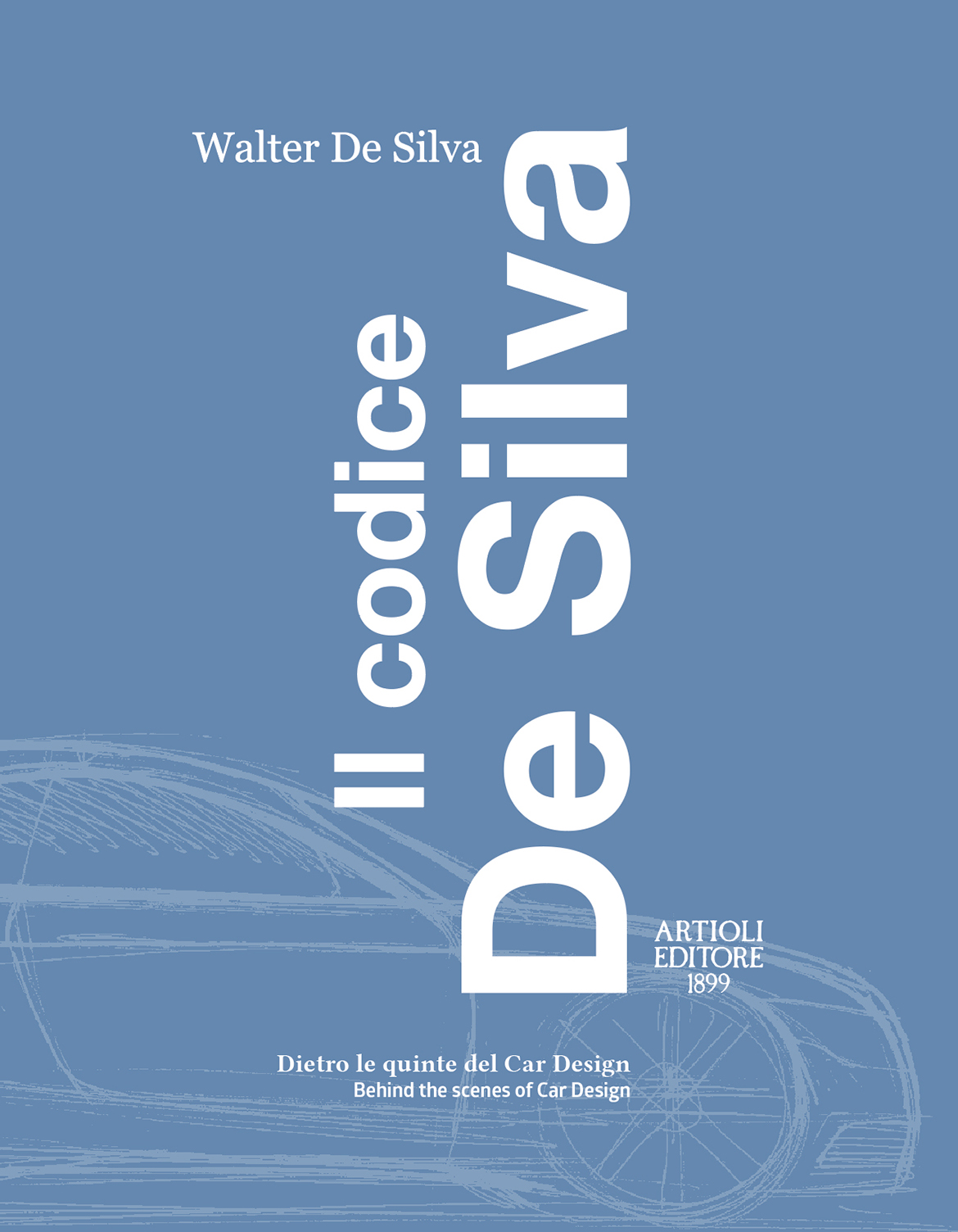This is not a new adventure of Prof. Robert Langdon, the protagonist of the successful thriller novels of a few years ago, let alone a reference to the works of the American writer. Rather “Il Codice De Silva” published by Artioli Editore 1899 and written by Walter De Silva is an automotive novel whose real protagonist is Design. And it is certainly no coincidence that the ADI Design Museum, home of the Compasso d’Oro award, was chosen for the presentation event. Browsing through the pages of the book, one can appreciate a story that aims to satisfy the curiosity of those who want to know more about car design and above all the mechanisms at work within some of the most influential car manufacturers, through anecdotes and exciting episodes that illustrate how the style of a car is born and how it is achieved.
From the narration of the discussions, sometimes quite heated, that lead to the reaching of a reasonable compromise to bring a project to fruition to the story of how one gets to the top of the ‘Design’ division of a major car manufacturer. These are the contents of the technical autobiography of Walter De Silva, one of the legends of car design with top-level experience at Fiat, Alfa Romeo, Audi, Seat, Volkswagen, Skoda, Lamborghini, Bentley and Bugatti, as well as direct contacts at Ducati and Porsche. A long story, narrated by De Silva in a brilliant and spontaneous way, in the classic style of the author who has managed to transfer his expressive ability in design onto paper, including the moods, pathos, moods and bad moods that have characterised the genesis of the many cars he has designed. Many original drawings are published alongside the text. De Silva’s narrative proceeds nimbly thanks to its fragmentation into episodes, many of which feature the author and famous names from the world motoring elite, such as engineers Ghidella and Cantarella (protagonists of the complicated period experienced by the Fiat Group in the last years of the last century), Avvocato Agnelli and his brother Umberto.
And then, the top management of the Volkswagen Group, where a brilliant and absolute monarch, Professor Ferdinand Piëch, grandson of Ferdinand Porsche, was in command. He was the one who wanted Walter De Silva in the Group. The real stars are all the famous models of the Milanese designer, such as the Alfa Romeo Proteo and Nuvola prototypes and the 156 and 147 saloons. Even more so the models studied and designed for the VW Group, among which shines the third generation Audi A6, on which debuted the famous ‘single frame’ radiator grille, with its bold design, which embraces the entire front area and has characterised the entire Audi production since then (2004). These are memories of ‘hellish’ days, says the author, studded with successes but also with no-holds-barred battles to assert his ideas. These are the main ingredients that sound almost like a veritable code to follow in order to understand the discipline of car design and the workings of some of the car manufacturers in a sector that, despite undergoing a profound transformation, is still based on the passion and creativity of those tasked with designing new products, while having to come to terms with the increasingly stringent constraints imposed by the transition to a sustainable mobility that one would like to see only electric within a few years.













